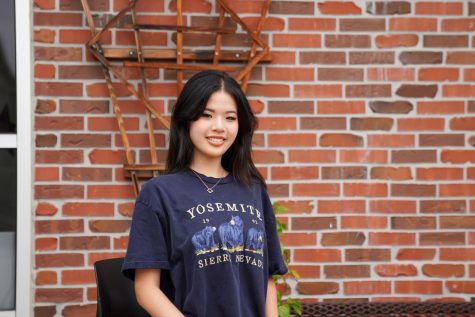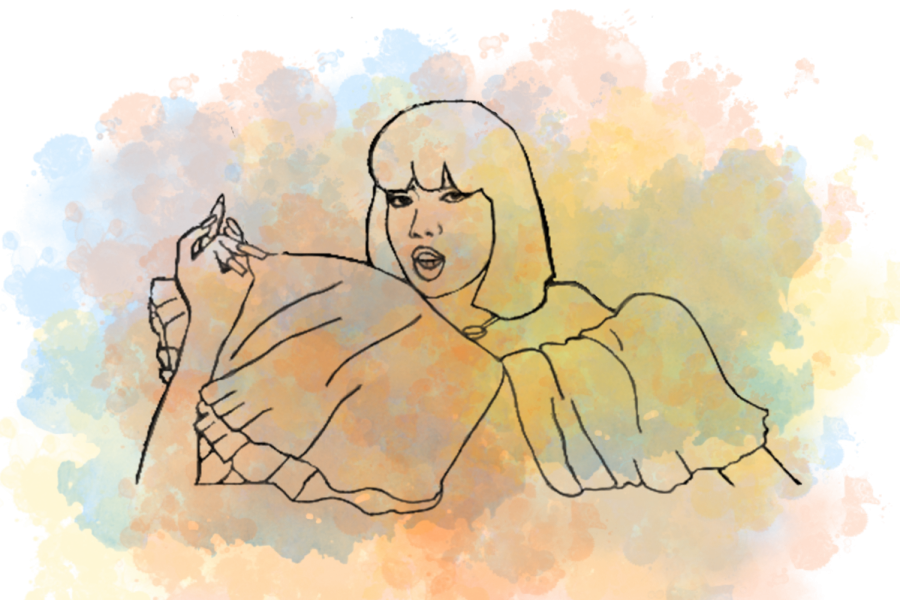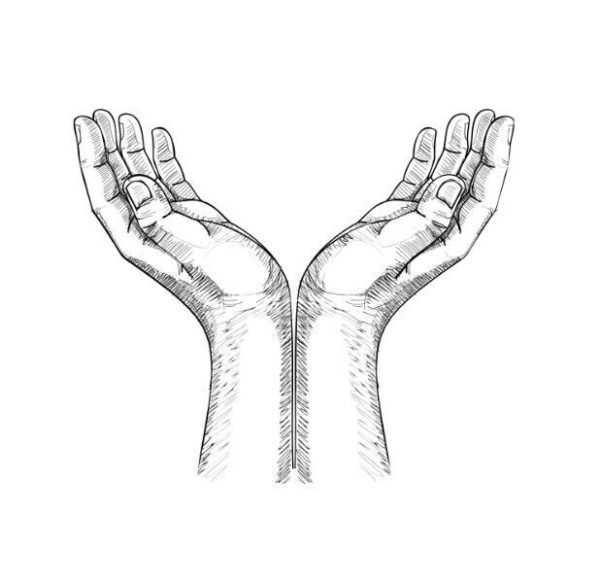K-pop’s cultural appropriation issue
Students and alumni weigh in on problematic racial representation within the Korean music industry
Everything about the shot screams color: the tall throne rimmed with blue velvet and gold, the voluminous white dress, the blue drapes with yellow tassels hanging from the red walls, illuminated by orange lanterns. Everything in the scene is meant to captivate the viewers, drawing their eyes to singer, rapper and dancer Lalisa Manoban performing in the popular Korean girl group Blackpink’s music video for “How You Like That.” But in the bottom of the frame lies an unexpected prop, barely noticeable and contrastingly dull — a dark gray statue of the Hindu god, Lord Ganesha — a placement that enraged many fans.
This controversial use of a sacred deity in a music video was only one of many instances of cultural appropriation in the Korean music industry, yet another example in a long history of such actions. The recent increase in attention that these incidents have garnered could be in part due to the Black Lives Matter (BLM) movement, according to MV alumnus and Allkpop reporter Hannah Lee. Although the BLM movement’s main struggle is centered around systemic racism and police brutality, Lee believes that the issues highlighted by the movement have encouraged people to take a stance against racial discrimination among different cultures, as well as places like the Korean music industry.
“I think the Black Lives Matter movement has definitely given people a lot more voice and a lot more courage to say, ‘Hey, whether you’re doing this with bad intentions or not, this is disrespectful to our culture, and I want you to recognize this and take responsibility for it,’” Lee said. “I think that idea of calling people out has become something more prominent and become something that more people are willing to do now. And I guess a lot more people are also just seeing the importance of making sure that different cultures aren’t disrespected.”
But toeing the line between showing respect for other cultures via emulation versus culturally appropriating can be a difficult distinction to make, according to junior Kevin Kim. Ultimately, Kim believes that the latter arises when people of the emulated culture take offense to the traditions or symbols being used.
 “How I define [cultural appropriation] is usually when it’s mostly distasteful use of something that’s very specifically tied to a different culture, especially when you’re mis-utilizing a different culture’s customs in a very distasteful manner that offends the community directly,” Kim said. “Then it definitely makes more sense to call it cultural appropriation. Cultural appropriation doesn’t necessarily need [an] intent behind it, because it could occur due to the person being mis-educated or being misinformed.”
“How I define [cultural appropriation] is usually when it’s mostly distasteful use of something that’s very specifically tied to a different culture, especially when you’re mis-utilizing a different culture’s customs in a very distasteful manner that offends the community directly,” Kim said. “Then it definitely makes more sense to call it cultural appropriation. Cultural appropriation doesn’t necessarily need [an] intent behind it, because it could occur due to the person being mis-educated or being misinformed.”
However, senior Reva Lalwani believes that deciding whether a specific action offends an entire community is often hard to distinguish, because even people of similar backgrounds can have different views on whether something is offensive. For example, Lalwani did not draw offense to Blackpink’s use of Ganesha in their music video, instead expressing a small sense of pride that her culture was gaining exposure. But the widespread backlash of the inclusion of the statue ultimately forced Blackpink’s management to edit and re-upload the video without it.
Furthermore, Lalwani says that the prevalence of “antis,” or people who go out of their way to attack artists they don’t like, could cause issues with discerning what is valid criticism as opposed to biased attacks. She believes the strict expectations of conduct for Korean celebrities makes it difficult at times for artists to see the necessity for education and growth.
“I feel like there are definitely people who are just out to get the idol and jump on anything they say and turn it into a negative light,” Lalwani said. “When your fans or people whose opinion you truly care about are giving you feedback, saying, ‘This is cultural misappropriation, this is not right, you’re insulting this culture,’ that’s when you’ve crossed the line. So when people who you don’t care about are out to get you, I don’t think idols should worry too much about that.”
In addition, both Kim and Lalwani recognize that merging cultures can be, and is frequently, pulled off in a more positive form in the Korean music industry. Lalwani views popular boy group BTS’s song “IDOL” as a successful example that took inspiration from the South African music style of gqom, blending traditional South Korean instruments with gqom’s trap and electronic themes.
“On the positive side, I think the blending of cultures can be a really beautiful thing as well,” Lalwani said. “I think the way [K-pop artists] are able to get away with it and spin it in a positive light is actually combining it with their own culture, and changing it to fit their own music taste … If you’re able to, in a positive light, display another culture and tie it into your own, that’s an amazing thing.”

As Korean-Americans themselves, both Lee and Kim acknowledge that a big factor in the prevalence of cultural appropriation within the Korean industry could be due to the lack of diversity within South Korea. This lack of diversity, which often results in discrimination against foreigners, could signal a potential problem with the country’s general culture rather than just its entertainment industry. In order to change the trend of appropriation within the industry, they believe that more action need to be taken on a grander scale, and not just within Korea, as many Korean idols have international fanbases.
“A lot of people have prejudices against people from different cultures, and I think this idea of learning about other cultures and learning what’s respectful and what’s not isn’t something that’s just applicable to artists at this point in time,” Lee said. “And so I think the biggest change necessary really is education and willingness to learn, because if people aren’t willing to learn and educate themselves like they’re just gonna keep on making these mistakes that hurt other people.”









